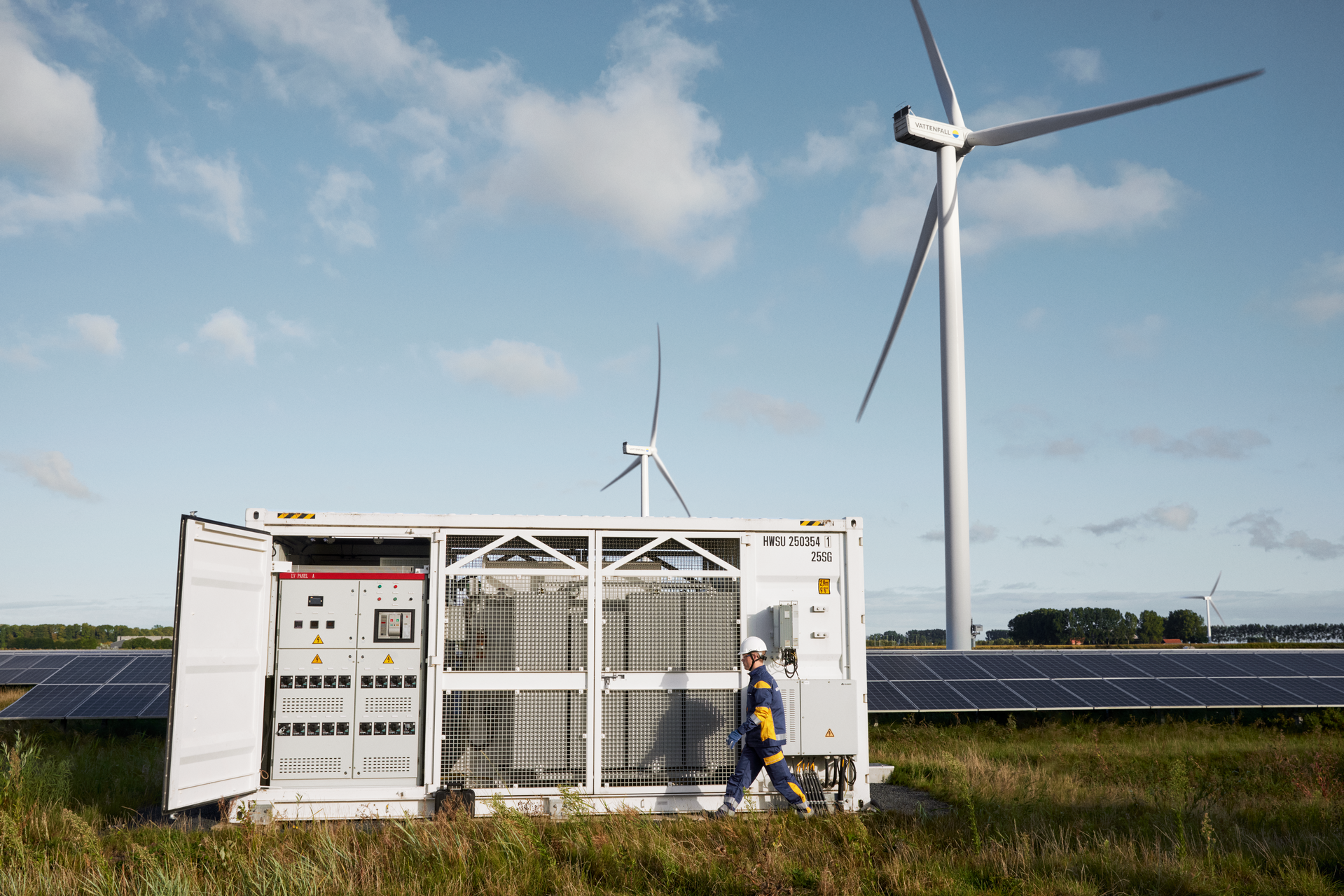Video player requires marketing cookies.
To view this content please click here to allow marketing cookies.
Vattenfall IDNO
Working for fossil freedom
Vattenfall IDNO is an Ofgem regulated Independent Distribution Network Operator.
We own and maintain electrical network infrastructure to ensure safe and reliable supplies for our customers.

Find out about our services for commercial developers, H2 projects, generation connections...

Expert consultancy to accelerate your connection to the UK grid

We provide an alternative to working with your local DNO and pay business owners and devel...
As a licenced IDNO we adopt and maintain electricity networks.
We provide an alternative to working with your local DNO
and pay business owners and developers an Asset Adoption Value.
Subscribe to our newsletter for occasional updates.
Trusted
Vattenfall IDNO is part of Vattenfall Group, a Swedish state backed energy company established over 100 years ago which employs more than 20,000 people.Independent
Vattenfall is an independent IDNO - our core focus is establishing high quality electrical networks. We are open to working with any Independent Connection Provider.Safe
Safety is our top priority at Vattenfall and one of our core values. We care about the health and safety of our employees, contractors, customers, the environment and wider society.News and insights

Commercial grid connection costs are set to increase
NGED will start charging for applications over 250kVa - but Vattenfall IDNO can help developers minimise costs

Case study: Vattenfall IDNO adopts electrical assets at Clock House Farm
Vattenfall IDNO own, operate, and maintain HV electrical infrastructure connecting the heat pumps to Clock House Farm in Kent

Vattenfall IDNO launches Grid Connections Consultancy
The new consultancy service will help speed up and simplify connections to the electricity grid for vital infrastructure projects.
Net zero by 2040
At Vattenfall, we’re collaborating with partners from beyond the energy sector to decarbonise entire industries and help make fossil free living a reality. Discover what we're doing.
Net zero by 2040
We are one of the few leading energy companies that is targetting net zero by 2040.
Highest ranking for sustainability
In February 2022 Vattenfall was once again awarded platinum status for sustainability – the highest ranking from EcoVadis, a leader in sustainability assessments. The award consolidates Vattenfall’s position as one of the most sustainability-oriented energy companies. In the 2022 review, Vattenfall's rating climbed even further, from 78 to 87. Read more about the 2022 EcoVadis rating and our work on sustainability.
Innovation for fossil freedom
We develop solutions and innovations that bring us closer to our goal of fossil-freedom. Read about our innovative collaborations.
CO2 emissions

Million tons, 1990-2050 (forecast)
A - Deregulation of Europe's energy markets begins.
B – Vattenfall grows internationally. Acquisitions in Europe including our German Lignite business.
C – Ongoing transition to enable fossil freedom
Read more about our Roadmap to fossil freedom

